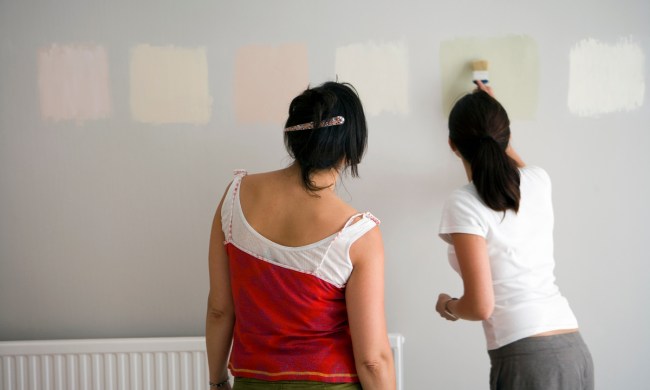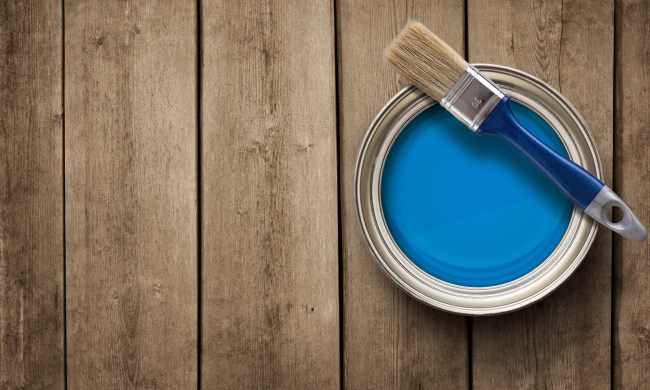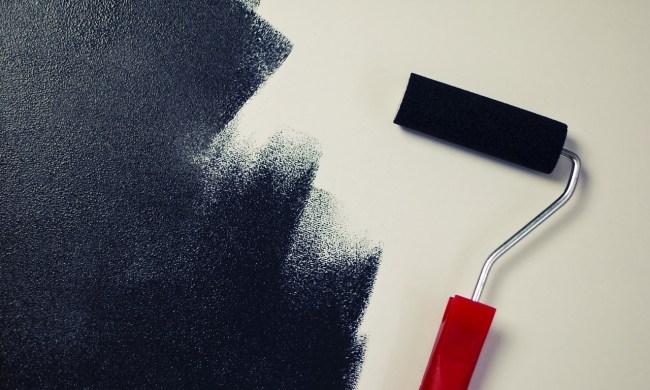Painting is a big project that adds great visual appeal and value to your property. It takes a lot of time, money, and effort to paint a large surface, so you want to make sure it’s done right the first time to avoid having to restart the project. Extreme temperatures and humidity levels are often unavoidable, but if you’re not careful in these conditions, you could have a botched paint job on your hands.
Can you paint in high humidity?
Moisture in the air means that there’s moisture on the surface you’re about to paint. A damp surface is not ideal for painting, and you will find that your overall result doesn’t look as great as you’d hoped. Let’s dig into the specifics of how high humidity negatively impacts your paint job.
Moisture
When you’re dealing with high humidity, surfaces tend to dry slowly. When you’re painting indoors, for example, you always want to wash your walls before slapping down a coat of paint, so high humidity could slow down the drying process. If your walls are damp when you start to paint, this could lead to mold growing between the wall and the paint. The mold will eventually grow through the layer of paint, and you will need to clean the area and paint again.
Drying
For most paint types, for a coat to dry, the water in the paint needs to evaporate more quickly than the solvents. In high humidity, the water struggles to evaporate, making for a gunky, gel-like layer of paint. Eventually, when the humidity level falls, you’ll find that this type of consistency will dry with a wavy texture since it has not been set properly, and you won’t be satisfied with the poor result.
Impact on wood
As you may know, moisture on wood causes it to swell. If you’re painting wood when there’s a lot of moisture in the air, the wood could start to swell a bit after you’ve put on a coat of paint. This swelling could cause cracks or chips in your coat of paint which will eventually lead to the surface needing to be repainted.
Impact on metal
Painting metal objects can be difficult enough, since paint doesn’t adhere to them as easily as it does to wood. Humidity can worsen this, so if you’re trying to paint something metal, it might be best to leave that for a drier day.
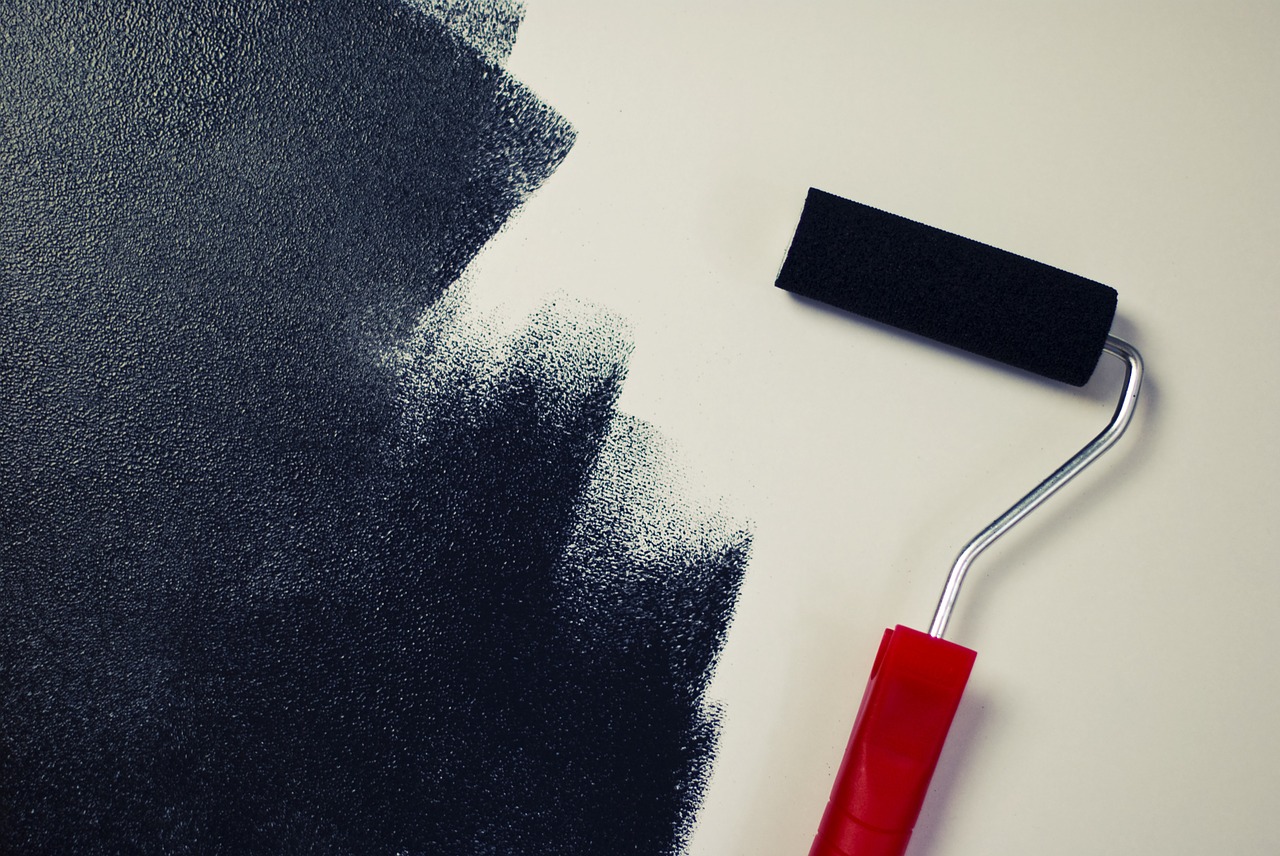
Can you paint in low humidity?
Is dry air better for painting? In some cases, it is, but painting in too low of humidity causes its own issues. When the air in a room lacks moisture, the wall’s material can over-absorb the paint and leave the surface looking porous or lightly speckled. This makes the overall color of the paint look drab or washed out. With some paint brands, dryness can also lead to cracking or peeling paint.
Can you paint in cold temperatures?
You may find yourself planning a painting project during cooler months. While it’s possible to successfully paint in colder conditions, it’s definitely not ideal and requires careful preparation. Cool air can cause issues with paint adhering to its surface, and it can also cause the paint to thicken. Thick paint takes longer to dry, and when paint stays wet for too long, it can easily begin to wrinkle, sag, or run. This leaves the coat of paint looking patchy and less smooth overall.
Can temperatures be too hot for painting?
You might think that painting in hot temperatures would be a good thing. The paint dries faster, so you can finish the job quicker, right? While heat does dry paint faster, you want to be sure the paint isn’t drying too fast. When the temperature is excessively hot, the very top layer of the paint dries quickly before the deeper layers have a chance to dry. This causes the coat of paint to begin bubbling up or blistering.
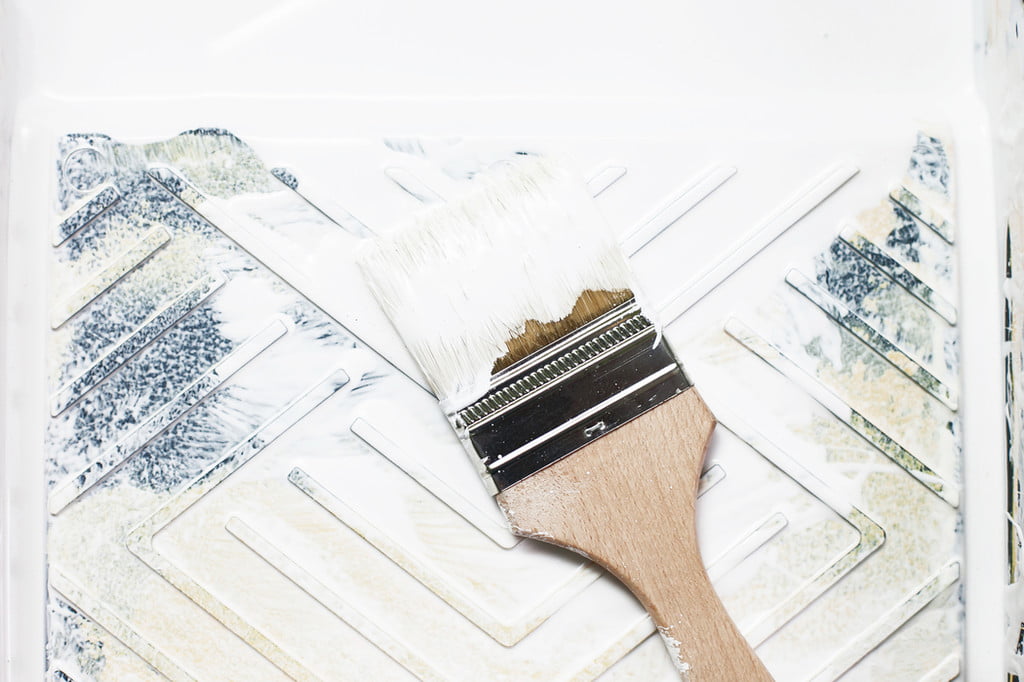
Tips for painting in high humidity
The perfect humidity level for painting, particularly outdoors, is between 40 and 50 percent relative humidity. Some moisture in the air is a good thing when you’re painting since you don’t want the paint to dry too fast and start to crack or peel. While painting in humidity levels above 50 percent is possible, you have to take some additional precautions to ensure a smooth and clean result. However, painting in humidity levels over 85 percent is highly discouraged since the paint will have such a difficult time drying.
Indoor painting tips
- In high humidity, after washing the surface, you’ll want to make sure you thoroughly dry it by running some oscillating fans in the room. To reduce the high levels of humidity, it’s a good idea to run a dehumidifier in the room for a day or two before painting to minimize these effects.
- Thin layers dry more quickly, so if you’re facing highly humid conditions that will slow down the drying process, this is one way you can combat it. In the spirit of full disclosure, painting thin layers will require additional coats, but you’ll be more pleased with the outcome overall.
- If the air in your working area is dry, consider running a humidifier a day or two prior, but be sure this doesn’t introduce too much moisture in the air and cause it to be too humid — that’s the opposite of what you want!
- If you’re painting indoors and the space is too hot for ideal painting conditions, cool it down with some electric fans or an air conditioning unit.
Exterior painting tips
- Particularly if you’re painting outdoors, the time of day plays an important role in your paint job’s success when painting in high humidity. As you approach mid-day, temperatures rise, and humidity falls, so begin painting during the early morning hours. That way, your paint will begin drying as humidity is getting lower. As the day goes on into the late afternoon, humidity levels increase as the temperature lowers, and you run the risk of condensation building up on your newly applied coat of paint. It’s best to stop painting as the day gets later.
- Some exterior paint brands and primers are more suited for painting in cooler weather, so read labels to find the best option. However, even these brands are not recommended for use in temperatures below 35 degrees Fahrenheit since the paint mixture could freeze and be unusable.
- Since the sun will naturally warm any surface to a certain degree, it’s a good idea to paint along with the direction of the sun in cold weather. Start where the sun will hit first and move in a westward direction as best you can. The sun will shine down on the applied paint and increase the temperature to an ideal one.
- If your paint job is an exterior one, you’ll want to avoid having direct sunlight on freshly painted surfaces in warm weather. It’s a good idea to paint the west and south-facing surfaces in the early hours of the day and then move on to the east and north-facing ones. This way, your paint will be in the shade for its premium drying hours.
Unfavorable weather conditions are unavoidable. If you have a painting project coming up, extreme temperatures and humidity don’t necessarily have to put a damper on your painting session. Before you put in all that time and effort into your new paint job, be sure you’ve prepared the space and your painting game plan for these conditions. If you’re prepared for the worst, you’ll be able to enjoy your beautifully upgraded surface and avoid having to start again from the beginning.

